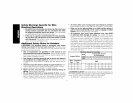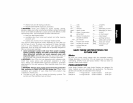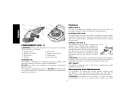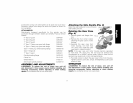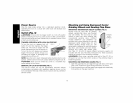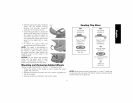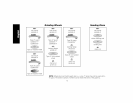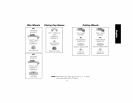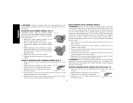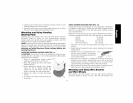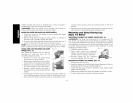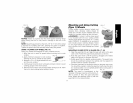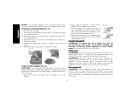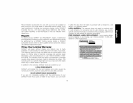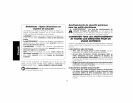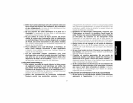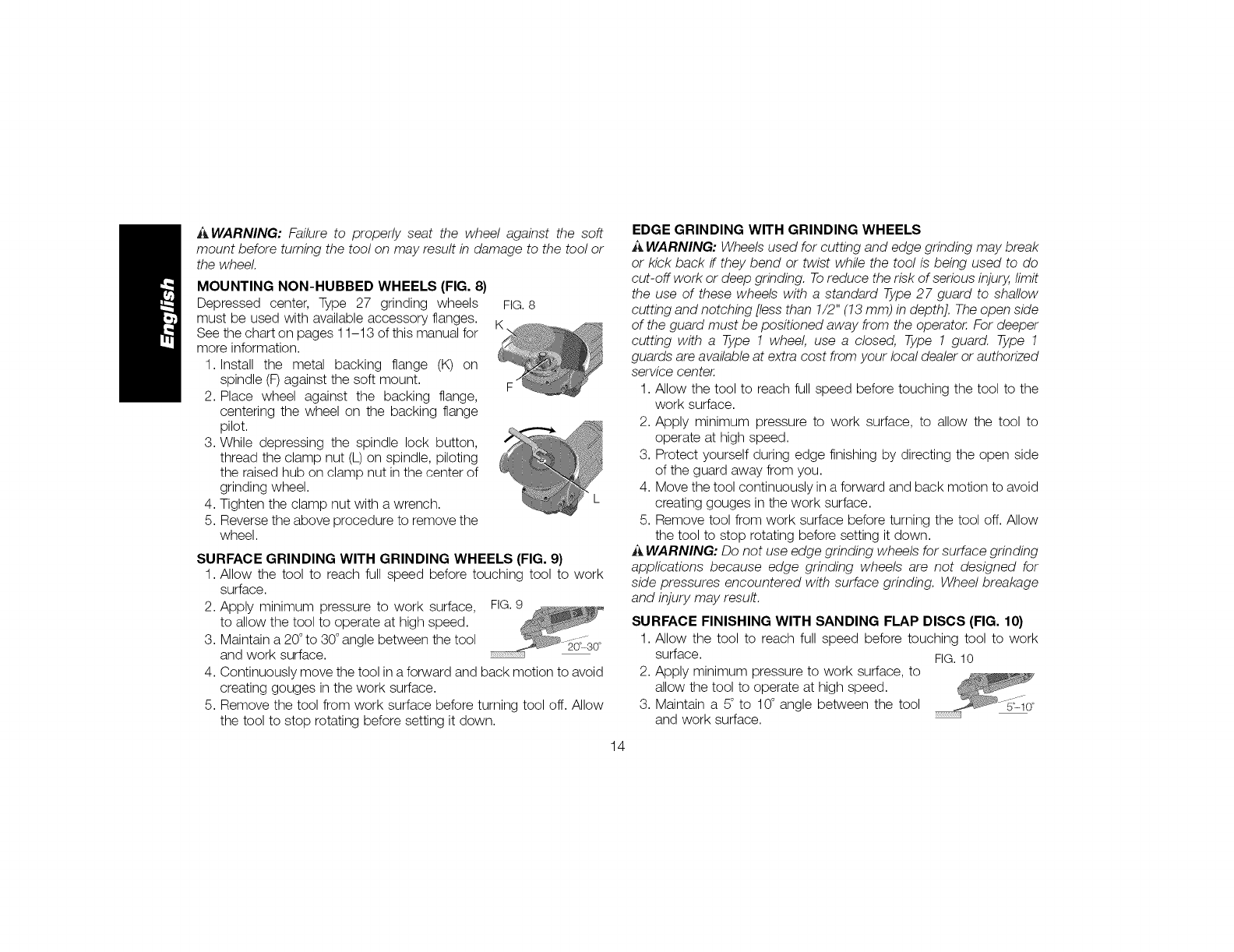
i_WARNING: Failure to properly seat the wheel against the soft
mount before turning the tool on may result in damage to the tool or
the wheel
MOUNTING NON-HUBBED WHEELS (FIG. 8)
Depressed center, Type 27 grinding wheels
must be used with available accessory flanges.
See the chart on pages 11-13 of this manual for
more information.
1. Install the metal backing flange (K) on
spindle (F)against the soft mount.
2. Place wheel against the backing flange,
centering the wheel on the backing flange
pilot.
3. While depressing the spindle lock button,
thread the clamp nut (L) on spindle, piloting
the raised hub on clamp nut in the center of
grinding wheel.
4. Tighten the clamp nut with a wrench.
5. Reverse the above procedure to remove the
wheel.
FIG. 8
K
SURFACE GRINDING WITH GRINDING WHEELS (FIG. 9)
1. Allow the tool to reach full speed before touching tool to work
surface.
2. Apply minimum pressure to work surface, FIG.9
to allow the tool to operate at high speed.
3. Maintain a 20°to 30°angle between the tool
and work surface.
4. Continuously move the tool in aforward and back motion to avoid
creating gouges in the work surface.
5. Remove the tool from work surface before turning tool off. Allow
the tool to stop rotating before setting it down.
14
EDGE GRINDING WITH GRINDING WHEELS
WARNING: Wheels used for cutting and edge grinding may break
or kick back if they bend or twist while the tool is being used to do
cut-off work or deep grinding. Toreduce the risk of serious injury, limit
the use of these wheels with a standard Type 27 guard to shallow
cutting and notching [less than 1/2" (13 mm) in depth]. The open side
of the guard must be positioned away from the operator. For deeper
cutting with a Type 1 wheel, use a closed, Type 1 guard. Type 1
guards are available at extra cost from your local dealer or authorized
service center.
1. Allow the tool to reach full speed before touching the tool to the
work surface.
2. Apply minimum pressure to work surface, to allow the tool to
operate at high speed.
3. Protect yourself during edge finishing by directing the open side
of the guard away from you.
4. Move the tool continuously in a forward and back motion to avoid
creating gouges in the work surface.
5. Remove tool from work surface before turning the tool off. Allow
the tool to stop rotating before setting it down.
_, WARNING: Do not use edge grinding wheels for surface grinding
applications because edge grinding wheels are not designed for
side pressures encountered with surface grinding. Wheel breakage
and injury may result.
SURFACE FINISHING WITH SANDING FLAP DISCS (FIG. 10}
3. Allow the tool to reach full speed before touching tool to work
surface. FIG.10
2. Apply minimum pressure to work surface, to
allow the tool to operate at high speed.
3. Maintain a 5° to 10° angle between the tool
and work surface.



